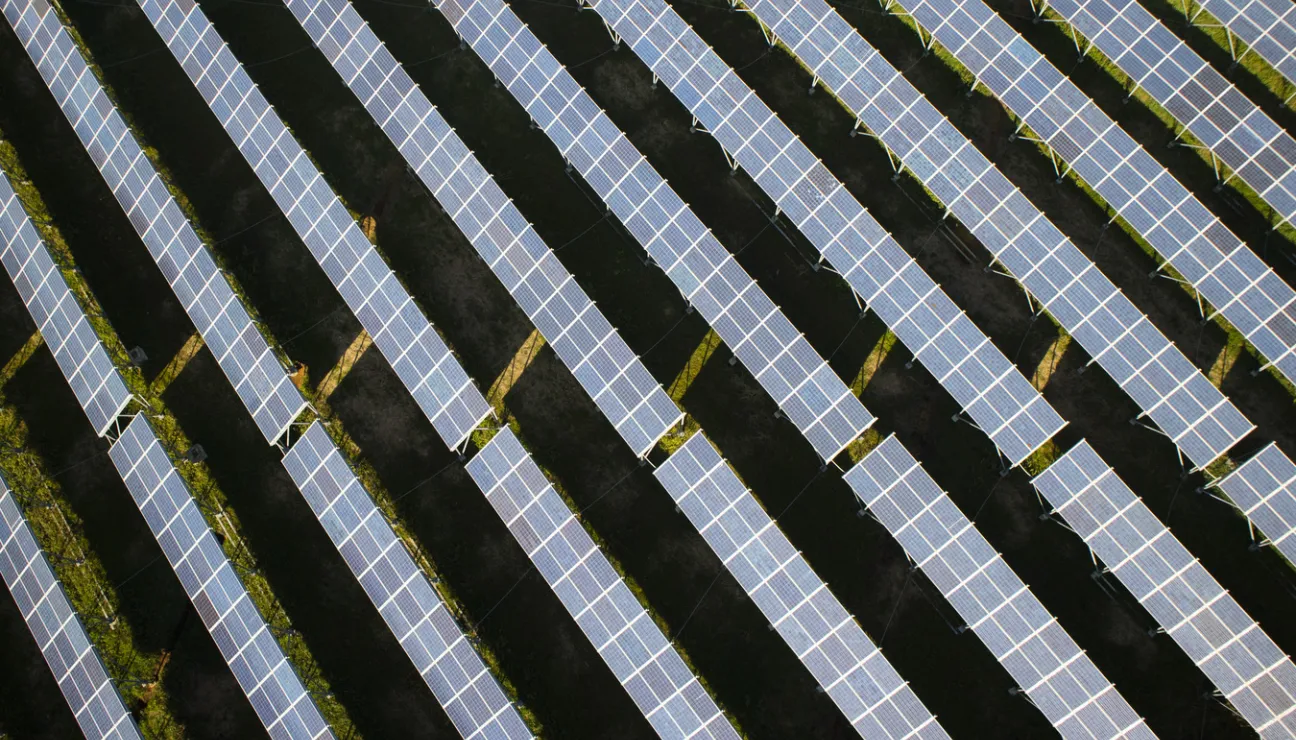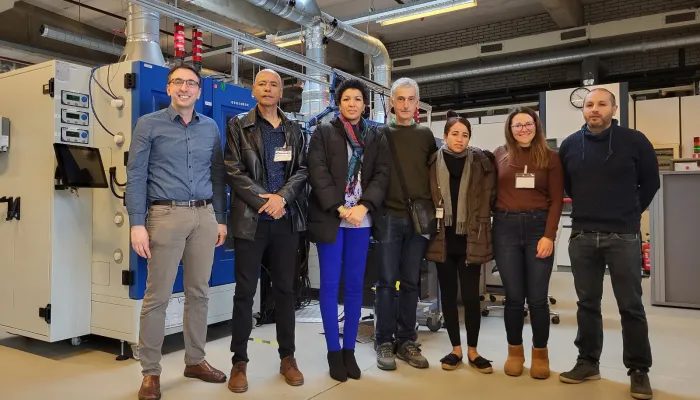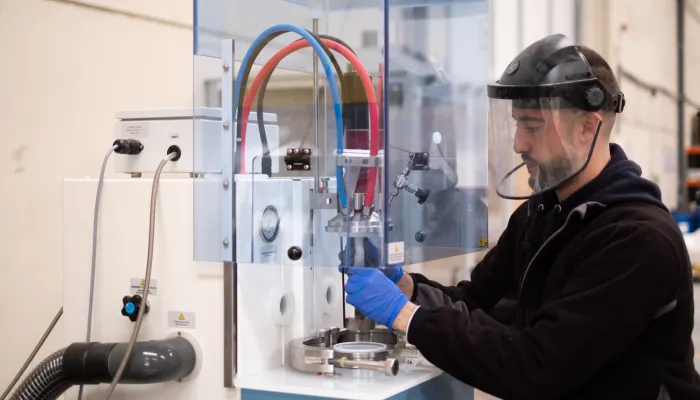Ibersyd and CIRCE anticipate the solution to the renewable sector's circular challenge

The first photovoltaic park in Spain came into operation in 1985. Since then, the development of renewable energy has been unstoppable, experiencing its first boom in the early 2000s. This means that these first parks are now more than 20 years old and are approaching the end of their useful life.
At this point, it is time to think about how to shorten the useful life of the solar panels, on the one hand, and to start thinking about how to manage this large mass of used solar panels in the near future, on the other. European Union regulations require the recycling of equipment components, and from 2025 it will no longer be possible to accumulate wind turbine blades, solar panels or batteries in landfills.
Although photovoltaic panels are recyclable, the plates are made from a combination of glass, aluminum, silicon and plastic, and the main problem lies in separating the materials.
Pioneering initiative in photovoltaic panel recycling
In order to anticipate this challenge and generate solutions to this future problem, there are already companies working on pioneering initiatives such as that of the Aragonese consulting firm Ibersyd with its European Photovoltaic Recycling Center (CERFO).
The reality of solar panel recycling is more complicated than just disassembling them and reusing the components, so CERFO, in collaboration with the CIRCE technology center within the 'Si-Recycle' project, is working on researching recycling technologies that can be applicable from a technical and economic perspective.
It is expected that thanks to this project, CERFO will be able to develop the most promising pathway in its future facilities. The CIRCE technology center has accompanied Ibersyd throughout the entire project process, from the identification of the ideal thermal recycling technologies to the design and industrial scale-up, including tests in its own laboratory that have helped to validate their technical and economic viability.
In this way, a joint methodology has been developed to implement separation strategies for the different components of the panels, seeking reuse as recycled raw material in those cases where it is possible, such as glass or aluminum, and investigating how to valorize the rest of the panel.







